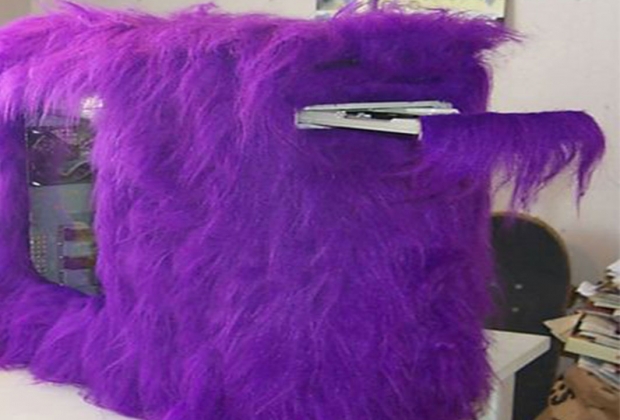The team produced a variation of a character in an unfamiliar writing system, on the first try, is indistinguishable from that of humans.
Human minds have an elasticity which set fuzzy boundaries but still seem to delimit coherent categories.
The computer system mimics the human ability to learn new concepts from few examples. It thus offers hope, they say, that the type of computational structure it’s built on, called a probabilistic program, could help model human acquisition of more sophisticated concepts as well.
Josh Tenenbaum, a professor in the Department of Brain and Cognitive sciences at MIT said that in the current AI landscape, there’s been a lot of focus on classifying patterns.
“But intelligence isn’t just about classifying or recognizing; it’s about thinking. This is partly why, even though we’re studying hand-written characters, we’re not shy about using a word like ‘concept,’” he adds.
“Because there are a bunch of things that we do with even much richer, more complex concepts that we can do with these characters. We can understand what they’re built out of. We can understand the parts. We can understand how to use them in different ways, how to make new ones.”
The researchers subjected their system to a battery of tests. In one, they presented it with a single example of a character in a writing system it had never seen before and asked it to produce new instances of the same character — not identical copies, but nine different variations on the same character.
In another test, they presented it with several characters in an unfamiliar writing system and asked it to produce new characters that were in some way similar. And in a final test, they asked it to make up entirely new characters in a hypothetical writing system.
Human subjects were then asked to perform the same three tasks. Finally, a separate group of human judges was asked to distinguish the human subjects’ work from the machine’s. Across all three tasks, the judges could identify the machine outputs with about 50 percent accuracy — no better than chance.




